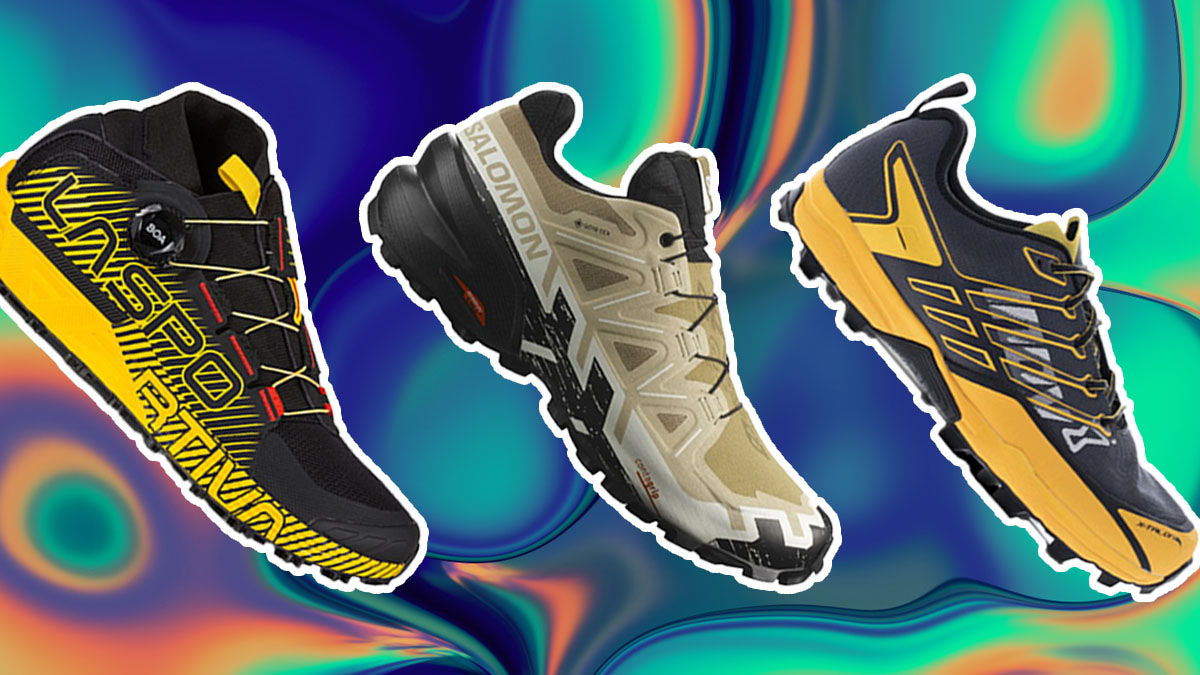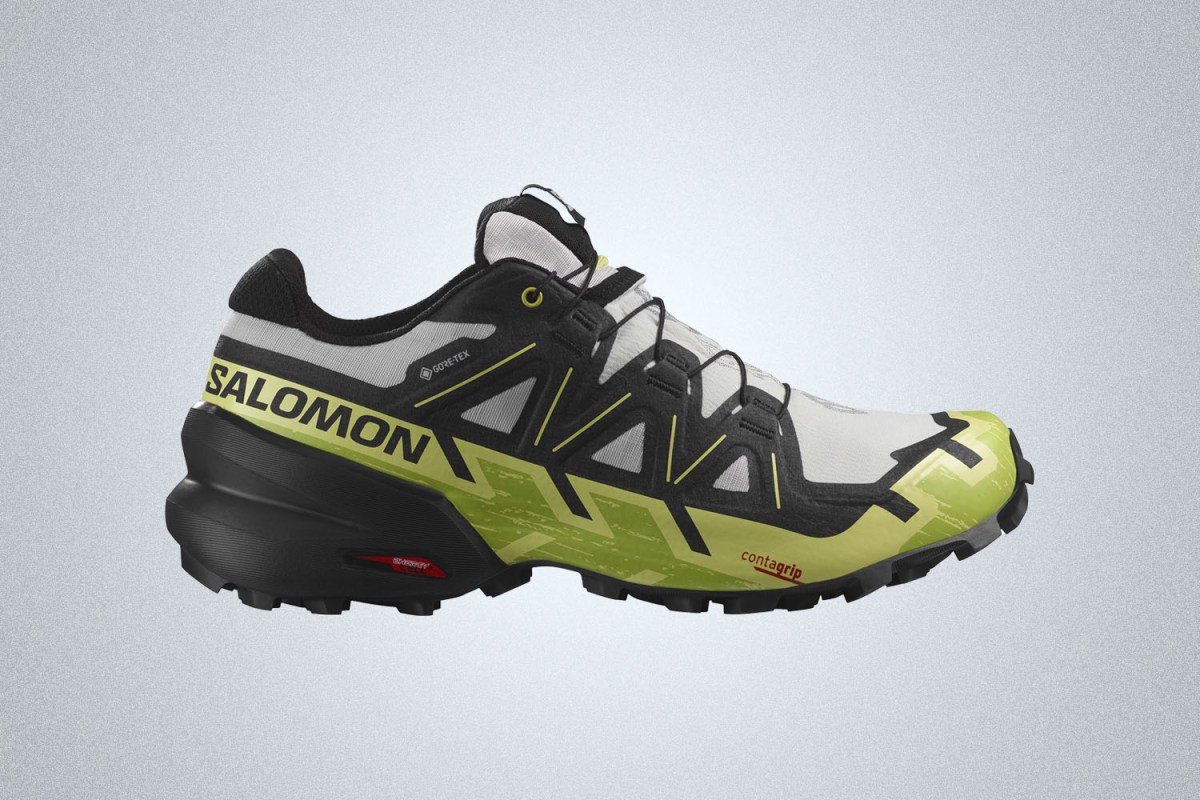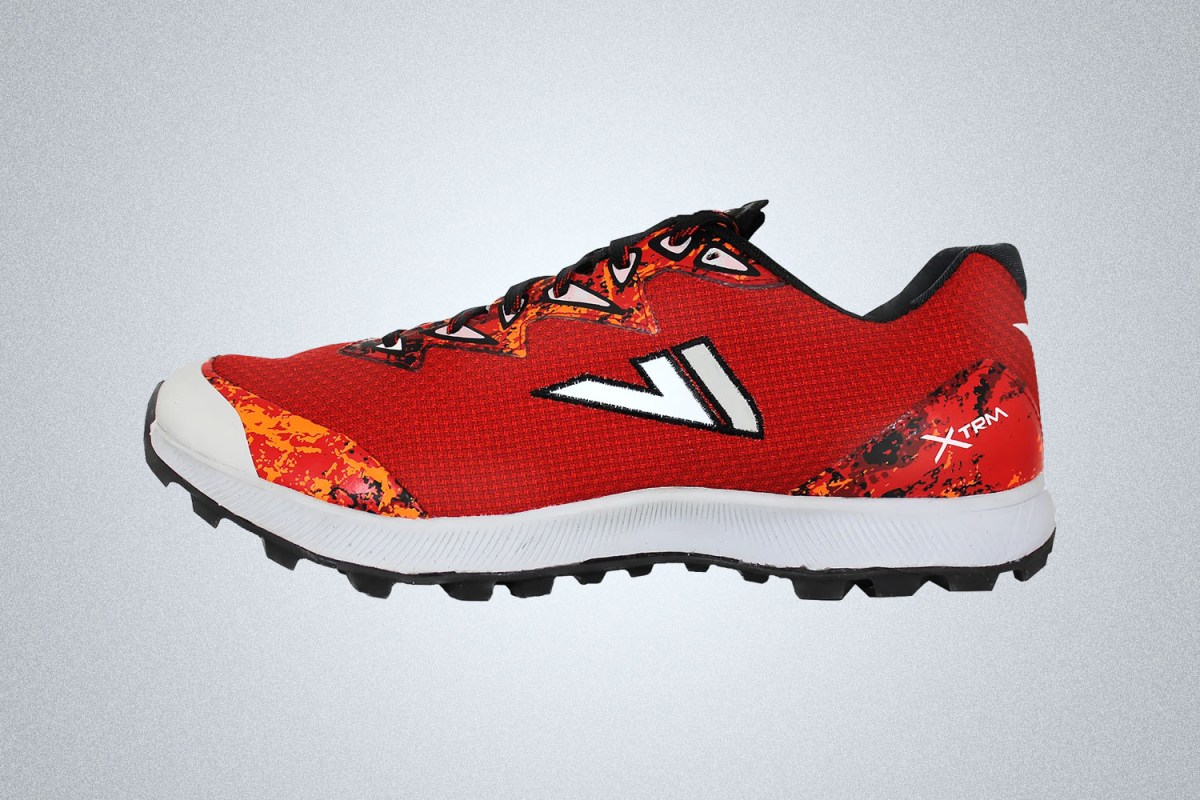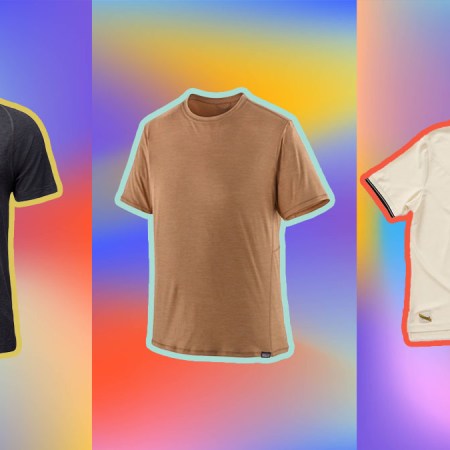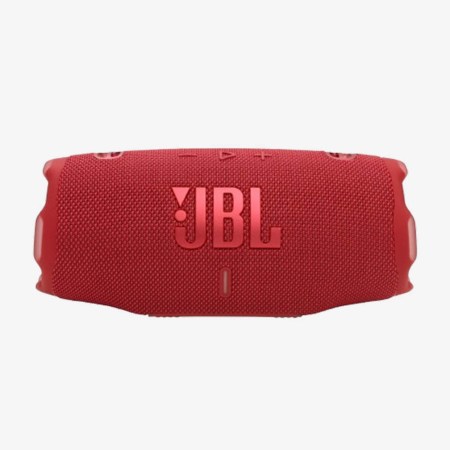Nota bene: All products in this article are independently selected and vetted by InsideHook editors. If you buy something, we may earn an affiliate commission.
If you run on trails long enough, eventually you’ll encounter mud: whether because of rain or a creek crossing, mucky conditions are inevitable. While your typical pair of trail shoes is usually fine for handling the occasional muddy patch, if you live in a rainy place or encounter mud frequently (or if you’re into dedicated mud running events), it’s worthwhile to invest in a pair of shoes designed specifically for handling sloppy, wet trail conditions.
Best Overall: Inov-8 X-Talon Ultra 260
Best Affordable: Salomon Alphacross
Best for a Snug Fit: La Sportiva Cyklon
Best for Wide Feet: Altra Lone Peak 7
Most Versatile: Saucony Peregrine 13 ST
Best Lightweight: Hoka Zinal 2
Best Waterproof Shoe: Salomon Speedcross 6 GTX
Best for Obstacle Course Races: VJ XTRM 2
The Best Trail Shoes for Off-Road Running
With their durable uppers and grippy outsoles, trail shoes are designed to protect your feet and help you push the pace in the dirt.Things to Consider
Mud running shoes are a subcategory of trail shoes, and they’re designed to help you get a good grip in the muck. There are a few key features to consider when shopping for this type of shoe.
Lugged Outsoles: This is arguably the most important feature in a mud shoe. Shoes designed for mud running usually have full rubber outsoles with large lugs — protrusions that cover the bottom of the shoe and dig into soft terrain. Look for shoes with lugs that stick out around 5mm or more from the bottom of the shoe; they will dig deeper into the muck to provide solid footing as you run. All of the shoes below have lugs that are 5mm or larger.
In addition, make sure the lugs are widely spaced. (One quick way to determine wide spacing: you should be able to poke your finger in between the lugs.) The wide spacing allows the outsole to shed mud when your foot is in the air. If it gets caked up with dirt, it won’t grip the ground, and you could slip and fall.
Cushioning: Because mud shoes are built for traversing soft ground, they usually have less cushioning in their midsoles than trail shoes designed for harder surfaces. The ground itself absorbs some of the impact of your footfalls, so you need less cushioning in the muck. The exact amount of cushioning that’s best for you comes down to your own preference — there’s no right or wrong amount. But compared to your normal trail shoes, you can usually get away with less cushioning in mud shoes.
Water-Resistant Uppers: Where there’s mud, there’s water, and keeping that moisture from soaking your feet is paramount. If you run frequently in the rain, focus on shoes that have water-resistant uppers (many shoes utilize Gore-Tex membranes to block exterior moisture). They’ll keep your feet dry in light rain and protect them against splashes, too.
If you’ll be fording rivers and fully submerging your feet in the water, however, avoid water-resistant uppers. Instead, look for shoes that have breathable, porous uppers. They will drain water quickly so your feet aren’t sloshing around after you exit a creek crossing, and they’ll help your feet dry out as you run.
Mud Running Etiquette
If you read nothing else in this guide, make sure it’s this: In many cases, it’s better to avoid the trails rather than go for a run in muddy conditions. First, running on wet trails can widen them and cause erosion. Many people instinctively skirt around mud patches and puddles; when lots of trail users do the same thing, they beat down vegetation on the sides of the trail, killing it and creating a wider dirt patch. When more rain comes, the water washes away the dirt (because no plants are holding it in place), and it can gouge out the trail, fill nearby creeks and rivers with sediment and damage the surrounding landscape.
Second, splashing through the muck creates deep footprints. When the sun comes out and the trail dries, those muddy footprints also dry, creating a hard, broken surface that’s difficult to walk on. This is a particularly critical issue in arid parts of the country: footprints made during the rainy season can mess up a trail for weeks or months afterward.
Before your run, check trail reports and find another place to run if your route is saturated. When running on a trail, make sure to run straight through any mud puddles — do not go around them. If the trail is consistently mucky, turn around. Try again another day after the land has had a chance to dry out.
That said, mud running shoes can be a great addition to your trail kit if you often pass through muddy patches, and they’re a must-have for obstacle courses and mud running races. These are the best mud running shoes to try on your next off-road adventure.
Best Overall
Most Affordable
Best for a Snug Fit
Best for Wide Feet
Most Versatile
Lightest Weight
Best Waterproof Shoe
Best for Obstacle Course Racing
We've put in the work researching, reviewing and rounding up all the shirts, jackets, shoes and accessories you'll need this season, whether it's for yourself or for gifting purposes. Sign up here for weekly style inspo direct to your inbox.
